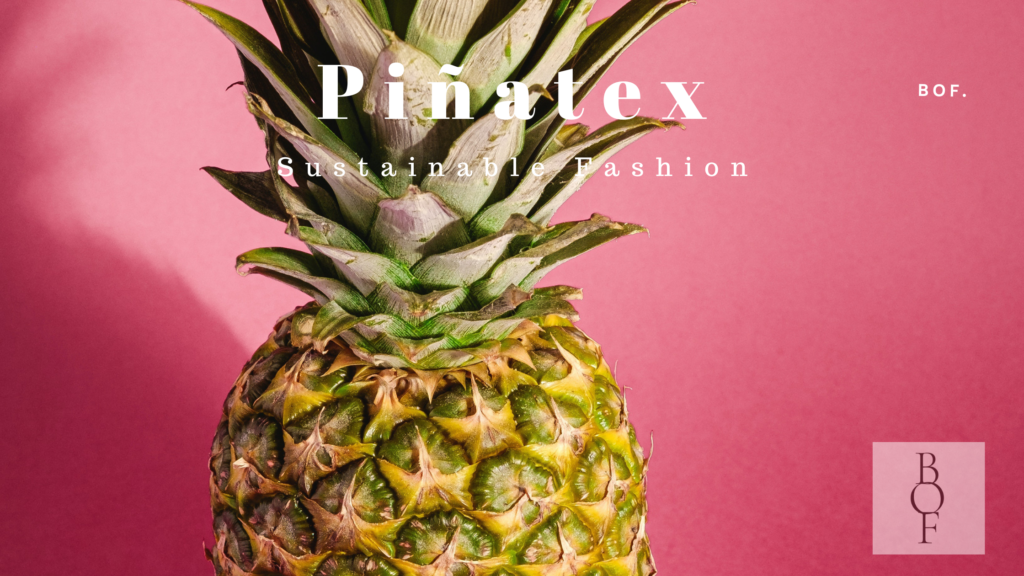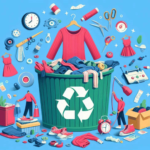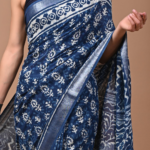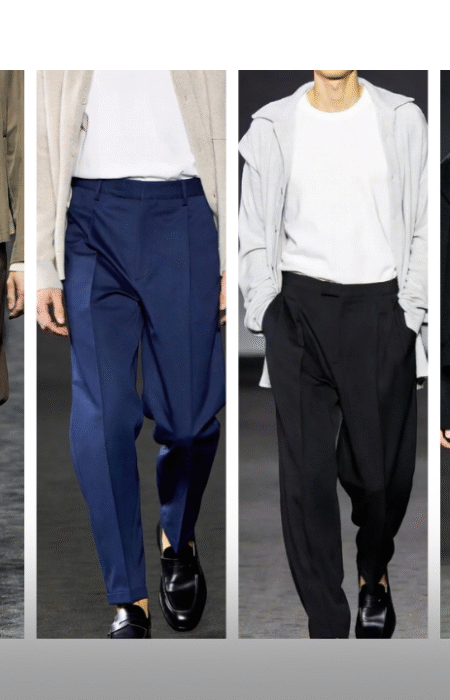
As sustainability becomes an increasingly important consideration in fashion and manufacturing, innovative materials like Piñatex are gaining attention. Piñatex, a sustainable alternative to leather, offers a cruelty-free, eco-friendly option for those looking to reduce their environmental footprint. In this article, we explore what Piñatex is, its benefits, and how it’s being used in various industries.
What is Pinatex?
Piñatex is a natural textile made from the fibers of pineapple leaves, which are a byproduct of the pineapple harvest. Developed by Dr. Carmen Hijosa, Piñatex provides a sustainable alternative to traditional leather and synthetic materials. The production process utilizes agricultural waste, making it an eco-friendly choice that supports circular economy principles.
Benefits of Piñatex
Sustainable and Eco-Friendly: Piñatex production has a low environmental impact compared to leather and synthetic alternatives. It uses pineapple leaves that would otherwise be discarded, reducing waste and promoting sustainable farming practices.
Cruelty-Free: Unlike leather, Piñatex is a plant-based material that does not involve animal exploitation. This makes it an ethical choice for vegans and those concerned with animal welfare.
Biodegradable: Piñatex is partially biodegradable, contributing less to long-term waste compared to synthetic materials, which can take centuries to decompose.
Versatile and Durable: Piñatex is strong and versatile, suitable for a wide range of applications, from fashion accessories to upholstery. Its durability ensures long-lasting products, reducing the need for frequent replacements.
How Piñatex is Made
The production of Piñatex involves several key steps:
Harvesting: Pineapple leaves are collected from pineapple plantations after the fruit has been harvested.
Fiber Extraction: The fibers are extracted from the leaves through a process called decortication.
Washing and Drying: The fibers are washed and dried to prepare them for the next stage.
Non-Woven Mesh: The fibers are processed into a non-woven mesh, which forms the base material for Piñatex.
Finishing: The mesh is then finished with a coating to enhance its durability and texture, making it suitable for various applications.
Applications of Piñatex
Piñatex is used in a variety of industries, showcasing its versatility and appeal:
Fashion: Many fashion brands are incorporating Piñatex into their collections, creating stylish shoes, bags, and accessories that appeal to eco-conscious consumers.
Upholstery: Piñatex is being used in furniture and car interiors, offering a sustainable alternative to traditional leather upholstery.
Automotive: The automotive industry is exploring Piñatex for car seats and interiors, providing an eco-friendly option that meets durability standards.
Tech Accessories: Laptop sleeves, phone cases, and other tech accessories are being crafted from Piñatex, combining style with sustainability.
The Future of Piñatex
As awareness of environmental issues continues to grow, materials like Piñatex are likely to become more popular. Innovations in sustainable materials can drive positive change across industries, reducing reliance on animal products and harmful synthetics. By supporting products made from Piñatex, consumers can contribute to a more sustainable and ethical future.
Conclusion
Piñatex represents a significant step forward in the quest for sustainable materials. Its eco-friendly production process, versatility, and ethical benefits make it an attractive alternative to traditional leather. As more brands and industries adopt Piñatex, we move closer to a more sustainable and compassionate world. Consider choosing Piñatex for your next purchase and be part of the change towards a greener future.










